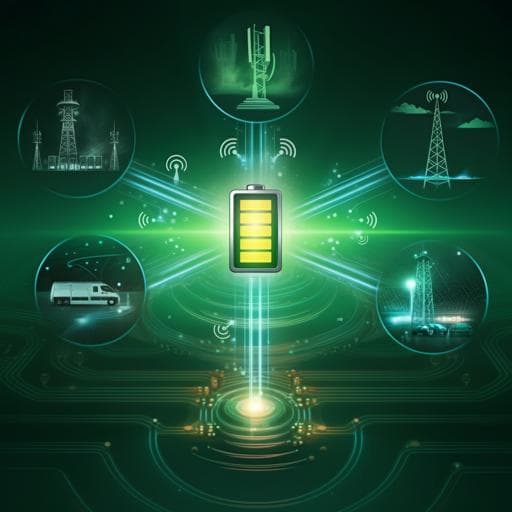
Engineering and Technology
Pathway decisions for reuse and recycling of retired lithium-ion batteries considering economic and environmental functions
R. Ma, S. Tao, et al.
This research conducted by Ruifei Ma and colleagues explores how to economically and environmentally optimize the reuse and recycling pathways of retired electric vehicle batteries. The study reveals that LFP batteries can enhance profits by 58% and cut emissions by 18%, demonstrating their superiority in long-term benefits through reuse before recycling. Discover a sustainable strategy for managing EV battery waste!
~3 min • Beginner • English
Related Publications
Explore these studies to deepen your understanding of the subject.







